How to use a French Press to craft the perfect brew is a question many coffee aficionados ask. At HOW.EDU.VN, we provide expert guidance on achieving coffee excellence, and the French Press is no exception. Unlock the rich, full-bodied flavor of French Press coffee with our comprehensive guide, designed to elevate your brewing experience. This guide provides a simple approach to coffee brewing, simplifying the extraction process and boosting overall coffee enjoyment.
1. Understanding the French Press Method
The French Press, despite its name, boasts Italian origins, having been patented in Milan. It’s a simple yet effective immersion brewing method that allows for a full-bodied, rich cup of coffee. Unlike drip methods, the French Press steeps coffee grounds directly in hot water, extracting oils and flavors that paper filters often trap. This results in a brew with a distinctive texture and depth, appealing to those who appreciate a robust coffee experience. The immersion brewing process ensures that the coffee grounds are fully saturated, leading to a uniform extraction that highlights the nuanced flavors of the beans.
2. The Anatomy of a French Press
The French Press comprises two primary components:
2.1. Lid, Plunger, and Filter
The lid, plunger, and filter work in harmony to separate coffee grounds from the brewed coffee. The metal filter, a key feature of the French Press, allows natural oils and fine particles to pass through, contributing to the coffee’s full body and rich flavor. This is a stark contrast to paper filters, which trap these oils, resulting in a cleaner, but sometimes less flavorful, cup. The plunger, connected to the filter, presses the grounds to the bottom of the beaker, ensuring a smooth and particle-free pour. The snug fit of the filter within the beaker prevents coffee particles from escaping, further refining the brewing process.
2.2. Beaker, Base, and Handle
The beaker, typically made of glass, plastic, metal, or ceramic, holds the coffee and water during the steeping process. Its design facilitates easy pouring into your mug. The base and handle, varying in configuration depending on the materials used, provide stability and a comfortable grip. The beaker’s primary function is to maintain the ideal temperature for brewing, ensuring optimal extraction. Different materials offer varying degrees of heat retention, with glass and ceramic often preferred for their ability to maintain consistent temperatures.
3. Essential Equipment for French Press Brewing
While the French Press itself is central, additional tools can significantly enhance your brewing experience:
3.1. Minimum vs. Optimal Setup
| Equipment | Minimum | Optimal |
|---|---|---|
| Hot Water | Required | Required |
| Coffee | Required | Required |
| French Press | Required | Required |
| Burr Grinder | Not Needed | Highly Recommended |
| Scale | Not Needed | Recommended |
| Timer | Not Needed | Recommended |
| Thermometer | Not Needed | Optional |
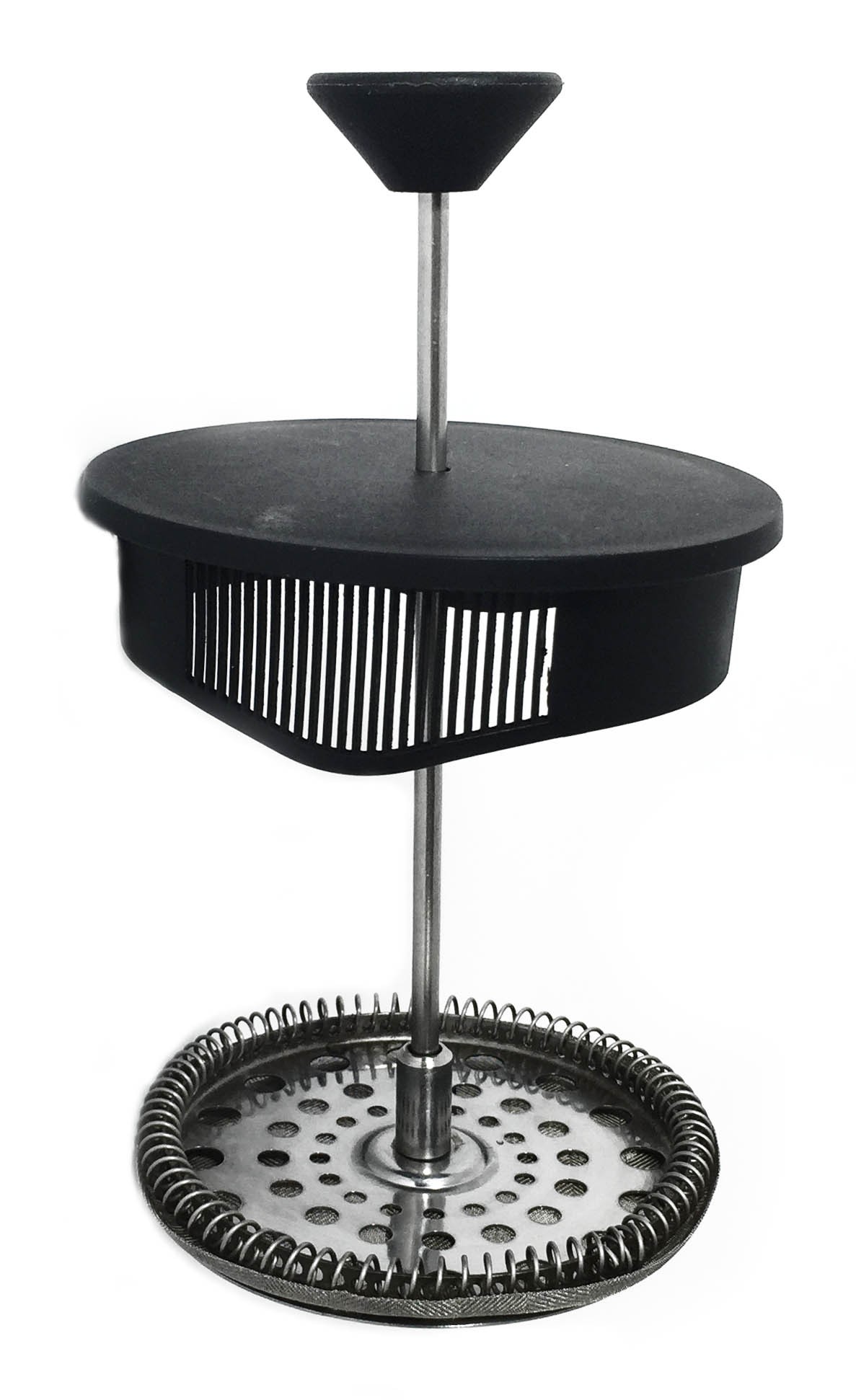
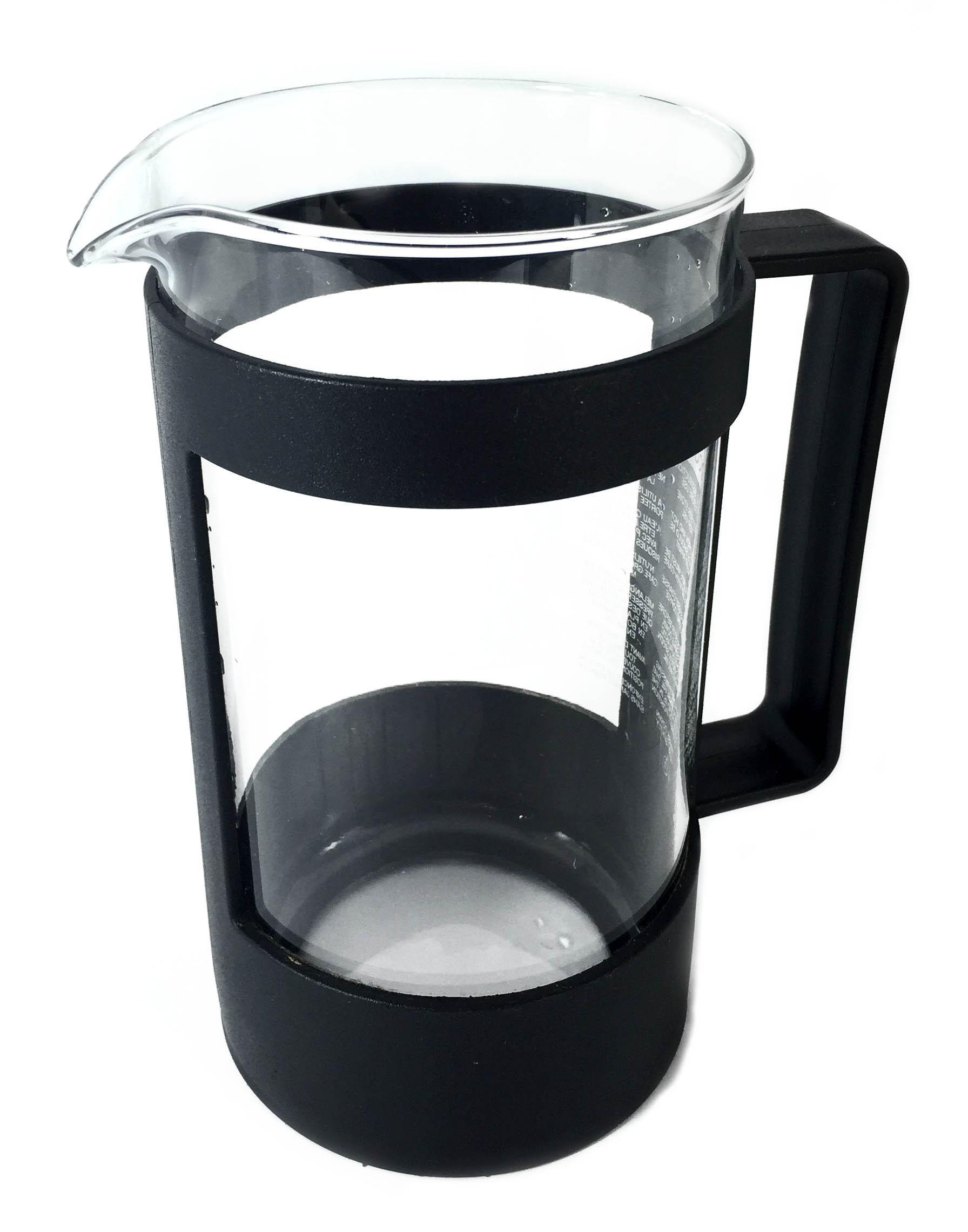
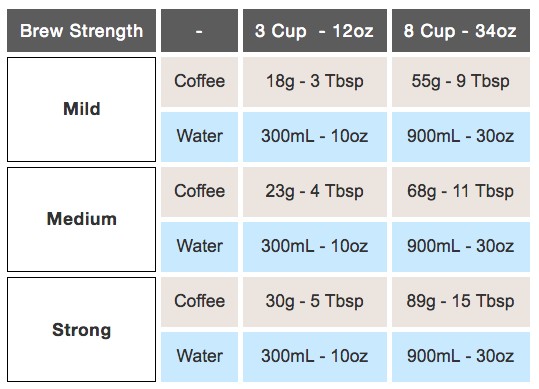
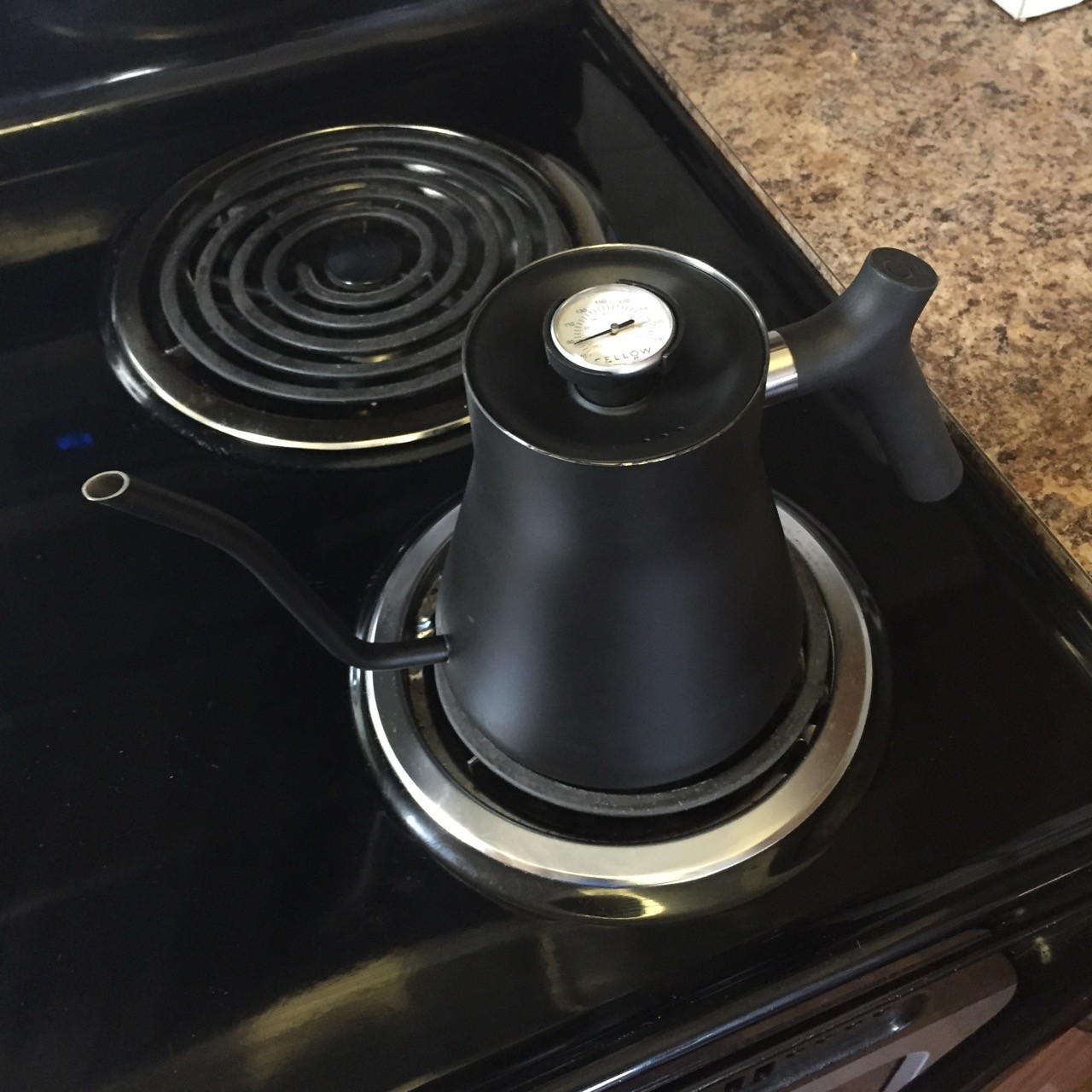
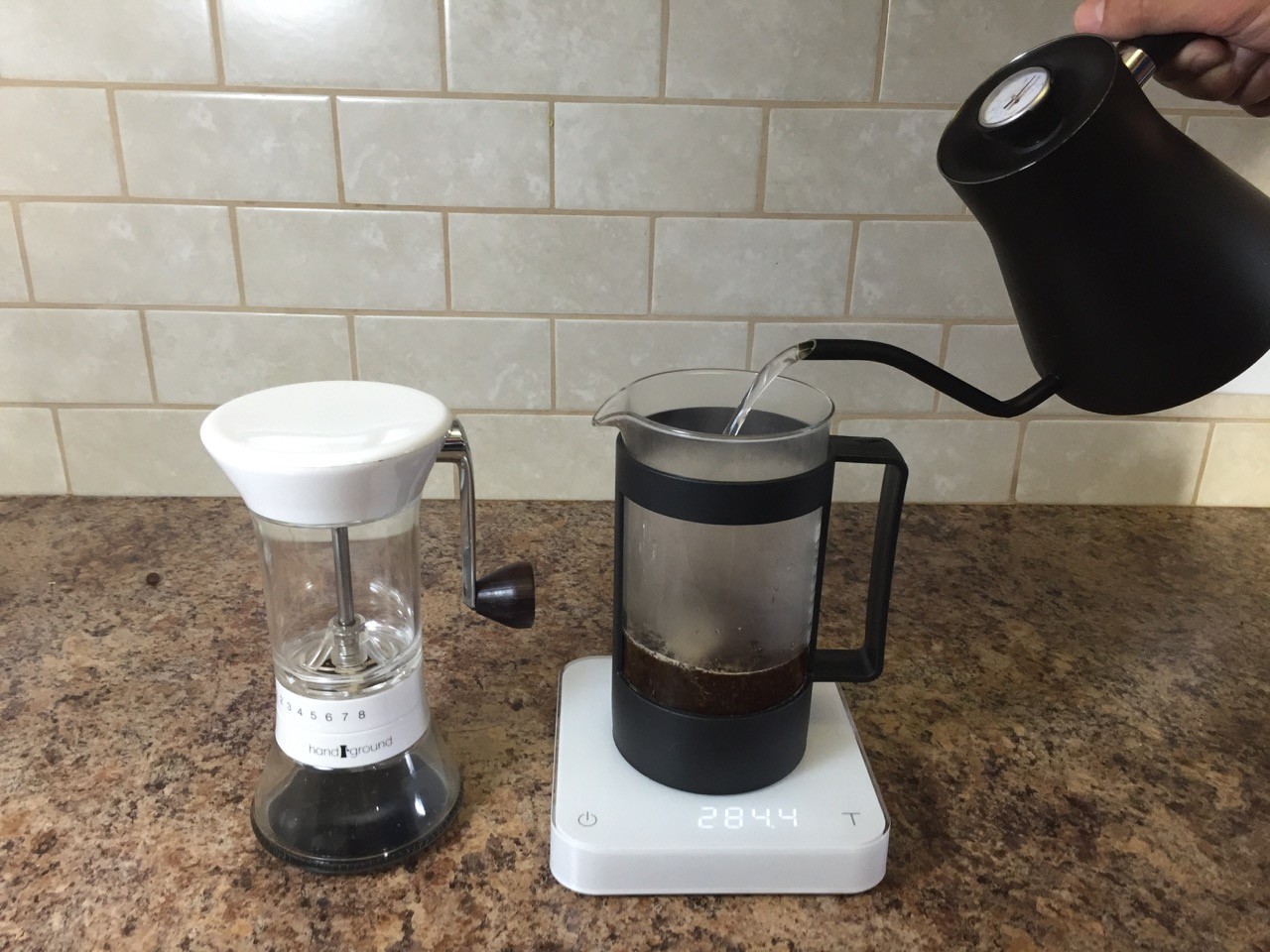
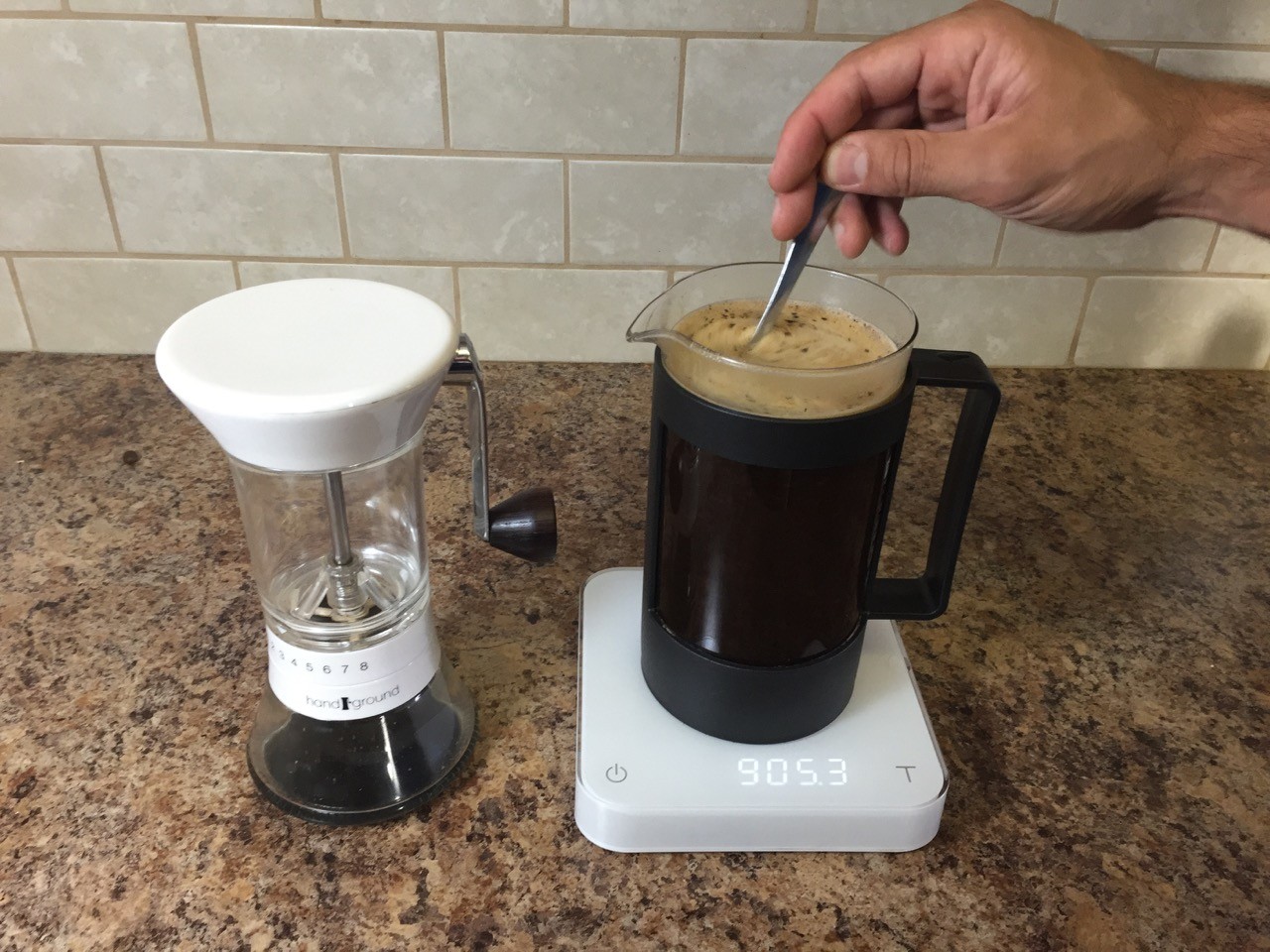
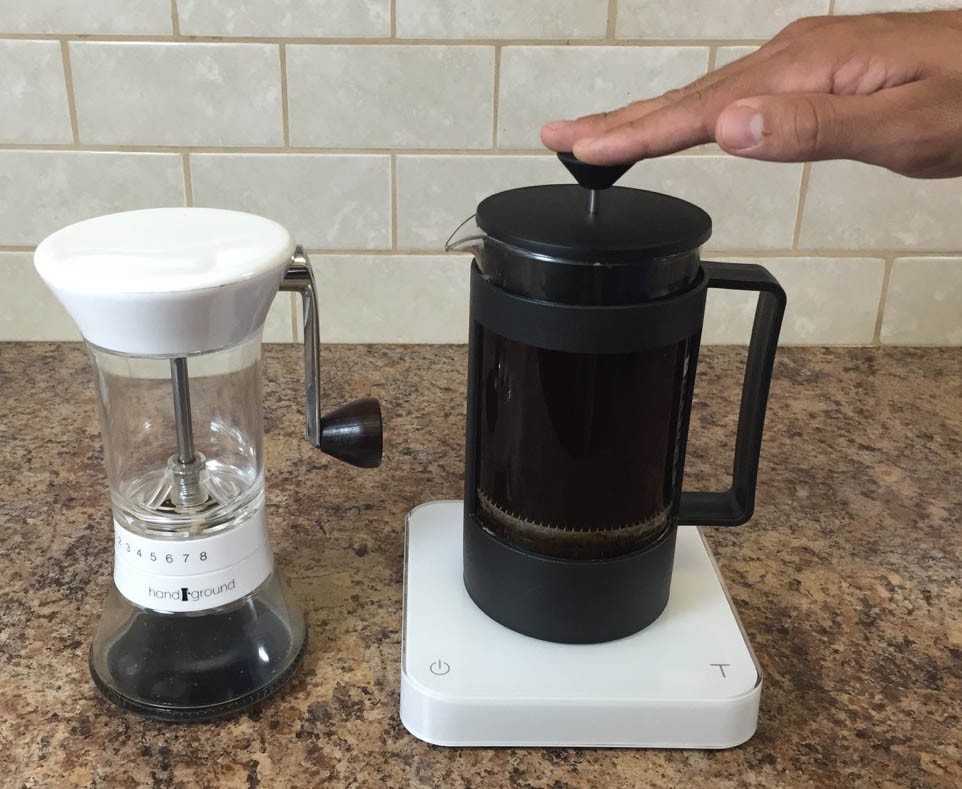
3.2. The Importance of Freshly Ground Coffee
Freshly grinding your coffee beans just before brewing is crucial for maximizing flavor. Once ground, coffee begins to oxidize and lose its aromatic compounds, diminishing the quality of the brew. A burr grinder is preferable over a blade grinder because it produces a consistent grind size. Consistent particle size is essential for even extraction during immersion brewing; inconsistent sizes can lead to over-extraction of small particles and under-extraction of larger ones, resulting in a bitter and unbalanced flavor profile.
3.3. Precision with a Scale and Timer
Measuring coffee and water ratios accurately is essential for consistent results. A scale is the most precise method, as coffee bean density can vary depending on factors like roast level and origin. If a scale is unavailable, measuring by volume is an alternative, though less precise. A timer is also invaluable for controlling the steep time, as over-extraction can lead to bitterness. Precise measurements and timing ensure that each cup is brewed to perfection, meeting your specific taste preferences.
4. The Ideal French Press Coffee to Water Ratio
Finding the right coffee to water ratio is key to achieving your desired brew strength. The ideal ratio depends on your personal taste preferences. A stronger ratio is well-suited for those who add milk or sugar, while a milder ratio allows for a more nuanced appreciation of the coffee’s natural flavors when enjoyed black.
4.1. French Press Ratio Chart
Use this chart as a starting point, adjusting to suit your taste. The chart provides guidelines for different brew strengths and French Press sizes, ensuring a balanced and flavorful cup. For example, brewing an 8-cup French Press at medium strength requires 68g of coffee and 900mL of water. Adjustments can be made based on the coffee’s characteristics and your personal preferences, allowing for a customized brewing experience.
4.2. Customizing Your Brew
Experimenting with different ratios allows you to fine-tune your brew to match your preferences. Slight adjustments can significantly impact the final taste, allowing you to highlight specific flavor notes or achieve a desired level of intensity. Keeping a record of your measurements helps ensure consistent results with each brew, enabling you to replicate your favorite recipes effortlessly. This level of control is one of the many benefits of using a French Press.
5. Step-by-Step French Press Instructions
Follow these steps to brew a perfect cup of French Press coffee:
5.1. Step 1 – Heat Water
Begin by heating clean, filtered water. Coffee is predominantly water, so using high-quality water is crucial for optimal flavor. Aim for a water temperature between 195 and 205 degrees Fahrenheit (90-96 degrees Celsius). If you don’t have a thermometer, bring the water to a full boil and let it sit for a minute to cool slightly. This temperature range ensures optimal extraction without scalding the coffee grounds, preserving their delicate flavors.
5.2. Step 2 – Measure and Grind Coffee
Measure the coffee beans according to your desired ratio. Grind the beans to a coarse consistency, similar to that of sea salt. A coarse grind is essential for French Press brewing, as it prevents the grounds from passing through the filter and creating a muddy texture. Consistent grind size ensures even extraction, resulting in a balanced and flavorful cup.
5.3. Step 3 – Preheat the French Press (Optional)
Preheating the French Press can help maintain a consistent brewing temperature, though its impact on taste is minimal. Pour hot water into the empty beaker, swirl it around, and then discard the water. This step also helps to clean the French Press, removing any dust or residue. Maintaining a consistent temperature throughout the brewing process contributes to optimal extraction and flavor development.
5.4. Step 4 – Combine Coffee and Hot Water
Pour the ground coffee into the bottom of the beaker and gently level the grounds. Place the beaker on a scale and tare it to zero. Pour hot water into the beaker until you reach the desired amount, ensuring all the coffee is saturated. The initial pour, known as the bloom, allows the coffee to degas, releasing trapped carbon dioxide and enhancing the flavor.
5.5. Step 5 – Stir and Steep
Gently stir the coffee and water to ensure all grounds are wet. Place the lid on the beaker with the plunger pulled up to help retain heat. Set a timer for 3:30 minutes and allow the coffee to steep undisturbed. The steeping time is crucial for extracting the coffee’s flavors and aromas.
5.6. Step 6 – Break the Crust
After steeping, a crust-like layer of coffee grounds will form on the surface. How you handle this crust can affect the final taste and texture of the coffee. For a full-bodied result, gently break the crust and stir briefly. For a lighter-bodied result, scoop off the crust and discard it. This step allows you to control the amount of sediment and oils in your final cup.
5.7. Step 7 – Press and Pour
Place the lid back on the beaker and gently press the plunger down slowly and steadily. If the plunger is hard to press, the grind may be too fine. If it presses too easily, the grind may be too coarse. Once the plunger reaches the bottom, pour the coffee slowly into your mug. This step separates the coffee grounds from the brewed coffee, ensuring a smooth and particle-free pour.
5.8. Step 8 – Save the Last Drop
Avoid pouring the last 10% of coffee from the beaker, as it contains a high concentration of silt. Similarly, avoid drinking the last sip from your mug. These steps help to minimize sediment in your cup, ensuring a clean and enjoyable coffee experience.
6. Additional Tips for French Press Excellence
To further enhance your French Press brewing, consider these tips:
6.1. Water Quality Matters
Using filtered water with low mineral content can significantly improve the taste of your coffee. Minerals in tap water can interfere with the extraction process and alter the coffee’s flavor profile.
6.2. Grind Consistency is Key
A consistent grind size ensures even extraction and prevents bitter or sour flavors. Invest in a quality burr grinder for best results.
6.3. Experiment with Steep Times
Adjusting the steep time can affect the coffee’s strength and flavor. Shorter steep times result in a brighter, more acidic cup, while longer steep times result in a bolder, more intense cup.
6.4. Clean Your French Press Regularly
Regular cleaning prevents the buildup of oils and residue that can affect the taste of your coffee. Disassemble and wash all components thoroughly after each use.
7. Troubleshooting Common French Press Issues
Even with careful preparation, you may encounter some common issues:
7.1. Bitter Coffee
Bitter coffee can result from over-extraction, caused by a grind that is too fine, water that is too hot, or a steep time that is too long. Adjust these variables to achieve a more balanced flavor.
7.2. Weak Coffee
Weak coffee can result from under-extraction, caused by a grind that is too coarse, water that is not hot enough, or a steep time that is too short. Adjust these variables to achieve a stronger flavor.
7.3. Muddy Texture
A muddy texture can result from a grind that is too fine or from disturbing the coffee grounds during the steeping process. Use a coarser grind and avoid stirring the coffee after the initial bloom.
8. The Expertise of HOW.EDU.VN’s Doctoral Team
At HOW.EDU.VN, we understand that achieving expertise often requires guidance from those at the pinnacle of their fields. Our team of over 100 renowned doctoral experts is dedicated to providing unparalleled consulting services. Whether you seek guidance on complex challenges or aspire to enhance your knowledge, our experts offer tailored solutions to meet your unique needs.
Our doctoral team comprises specialists from a diverse array of fields, including:
| Field | Expertise |
|---|---|
| Business Strategy | Market analysis, competitive positioning, strategic planning, organizational development |
| Technology | Software development, artificial intelligence, data analytics, cybersecurity, cloud computing |
| Healthcare | Medical research, clinical practice, pharmaceutical development, healthcare management, public health |
| Finance | Investment analysis, risk management, financial planning, corporate finance, economic forecasting |
| Education | Curriculum development, instructional design, educational technology, leadership in education, special education |
9. The Benefits of Consulting with HOW.EDU.VN
Engaging with HOW.EDU.VN offers numerous advantages:
9.1. Access to World-Class Expertise
Our doctoral experts bring years of experience and specialized knowledge to address your most pressing challenges.
9.2. Personalized Solutions
We tailor our consulting services to meet your specific needs, ensuring that you receive targeted and effective guidance.
9.3. Time and Cost Savings
Our efficient and effective consulting process saves you valuable time and resources, delivering results quickly and affordably.
9.4. Confidentiality and Trust
We prioritize the confidentiality and security of your information, ensuring a safe and trustworthy consulting experience.
10. Connect with Our Experts Today
Ready to elevate your knowledge and solve your most challenging problems? Contact HOW.EDU.VN today to connect with our team of doctoral experts. We are here to provide the guidance and support you need to achieve your goals.
Contact Information:
- Address: 456 Expertise Plaza, Consult City, CA 90210, United States
- WhatsApp: +1 (310) 555-1212
- Website: HOW.EDU.VN
11. FAQs About French Press Coffee
11.1. What is the ideal grind size for French Press coffee?
A coarse grind, similar to sea salt, is ideal for French Press coffee.
11.2. What is the best water temperature for French Press?
The ideal water temperature is between 195 and 205 degrees Fahrenheit (90-96 degrees Celsius).
11.3. How long should I steep French Press coffee?
A steep time of 3:30 minutes is generally recommended.
11.4. Why is my French Press coffee bitter?
Bitter coffee can result from over-extraction, caused by a grind that is too fine, water that is too hot, or a steep time that is too long.
11.5. Why is my French Press coffee weak?
Weak coffee can result from under-extraction, caused by a grind that is too coarse, water that is not hot enough, or a steep time that is too short.
11.6. How do I prevent sediment in my French Press coffee?
Use a coarse grind, avoid stirring the coffee after the initial bloom, and avoid pouring the last 10% of coffee from the beaker.
11.7. Can I use pre-ground coffee for French Press?
While freshly ground coffee is recommended, you can use pre-ground coffee if it is ground to a coarse consistency.
11.8. How often should I clean my French Press?
Clean your French Press thoroughly after each use to prevent the buildup of oils and residue.
11.9. What type of water is best for French Press coffee?
Filtered water with low mineral content is best for French Press coffee.
11.10. Can I make cold brew with a French Press?
Yes, you can make cold brew with a French Press by steeping coarsely ground coffee in cold water for 12-24 hours.
12. Embrace the Art of French Press Coffee
Mastering the French Press method opens a world of rich, flavorful coffee experiences. With the right equipment, techniques, and a little experimentation, you can consistently brew exceptional coffee that delights your senses. For those seeking expert guidance in any field, HOW.EDU.VN stands ready to connect you with top-tier doctoral professionals who can help you achieve your goals.
Are you facing challenges in your professional or personal life? Do you seek expert advice to navigate complex decisions? HOW.EDU.VN offers a unique platform where you can connect with world-renowned doctoral experts for personalized consulting services. Don’t navigate your challenges alone. Visit HOW.EDU.VN today and discover how our team of over 100 doctoral experts can provide the guidance and support you need to succeed. Contact us at 456 Expertise Plaza, Consult City, CA 90210, United States, or reach out via WhatsApp at +1 (310) 555-1212. Let how.edu.vn be your partner in achieving excellence.